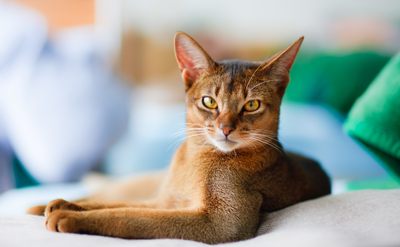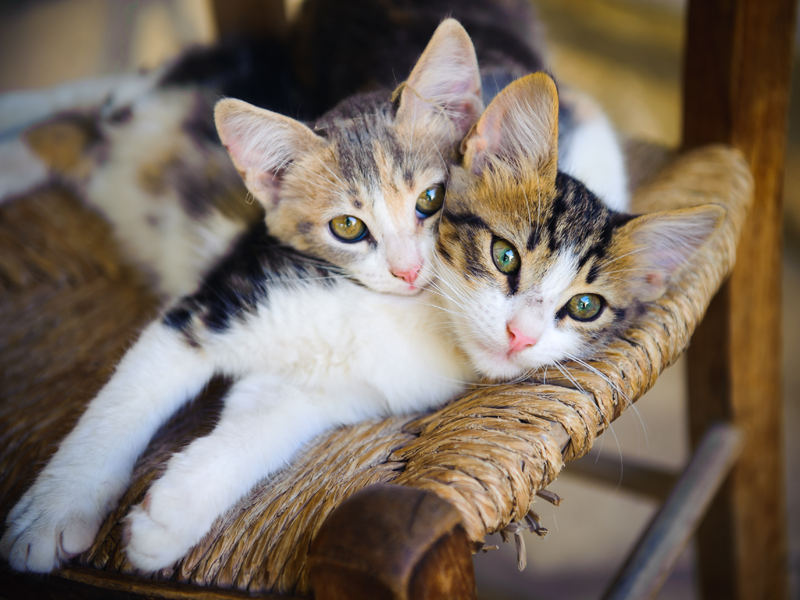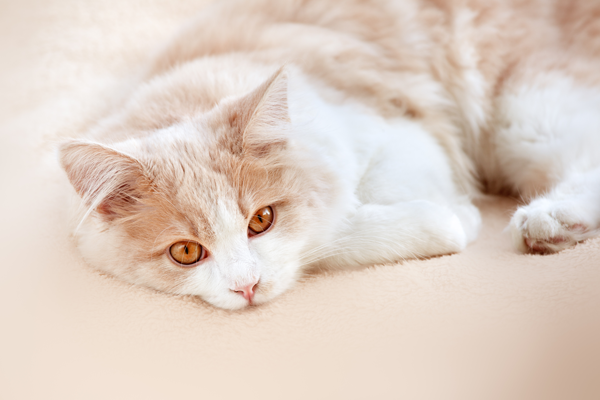College Station Cat Clinic
1010 College Ave.Wheaton, IL 60187(630)690-4949
www.collegestationcat.com
|
 |
Anesthesia Services
We provide state-of-the-art intraoperative patient monitoring. This monitoring includes constant measurement of respiratory rate, heart rate, oxygen saturation, blood pressure, temperature, ECG and end tidal carbon dioxide. Most importantly, cats are manually monitored by certified veterinary technicians during anesthesia induction, procedures and recovery.
|

Anesthesia Monitoring
Certified Veterinary Technician (CVT)
A technician is dedicated to your cat from the time he enters until dismiss and follow up. The CVT is the most important monitor during an anesthetic procedure. The CVT is trained to monitor the patient throughout the entire procedure, from induction until recovery. The vital signs are trended to ensure that the patient remains stable throughout the procedure.
Read More
|
 |

 |
The Electrocardiogram (ECG)
The ECG shows the rate and pattern of the heartbeat. It will detect and show abnormal heartbeats called an arrhythmia.
|
|
Heart Rate Monitor
Heart rate is measured and maintained within a normal range. The depth of anesthesia and surgical stimulation can both affect heart rate. By monitoring heart rate, increases or decreases can be detected.
|
|
Blood Pressure
Blood pressure monitoring is used to screen for low blood pressure (hypotension). Read More
|
|
Pulse Oximeter
Pulse Oximetery is used to monitor the amount of oxygen in the patient’s blood (Sp02) and the pulse rate.
|
|
End-tidal Cardon Dioxide (CO2) Monitor
Device measures the amount of expired C02 and helps determine if the patient is receiving adequate oxygen during anesthesia.
|
|
|